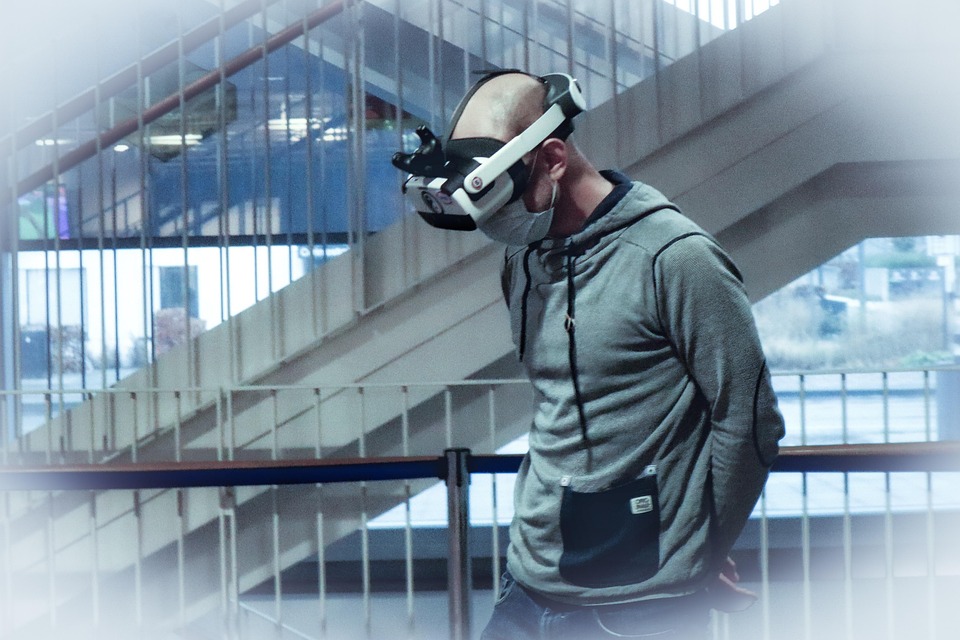As technology continues to advance at a remarkable pace, virtual reality (VR) stands out as one of the most transformative innovations in the realm of social interaction. No longer confined to gaming environments, VR is carving out spaces where individuals can connect, collaborate, and build relationships in immersive and creatively engaging ways. This article delves into the rise of VR communities, the potential they hold for the future of social interaction, and the challenges that lie ahead.
The Evolution of Social Spaces
Historically, social interaction was largely limited to physical spaces: homes, parks, cafes, and community centers. The internet has since broadened these boundaries, introducing platforms such as social media, forums, and chat apps. However, despite the convenience and global reach of these platforms, the experience often lacks the depth of real-world interactions. Enter VR — a medium that seeks to bridge this gap by providing users with the sensation of "being there" through fully immersive environments.
The Rise of VR Communities
VR communities are emerging as vibrant social ecosystems where users can interact in real-time, engage in shared experiences, and collaborate on creative projects. Platforms like VRChat, Rec Room, and AltspaceVR are just a few examples of how individuals can gather in virtual spaces that mimic real-life interactions. Participants can customize their avatars, explore themed environments, and even attend virtual events, from art exhibitions to concerts.
Benefits of VR Communities
-
Immersive Interaction: Unlike traditional social media, where communication is often limited to text or video, VR allows for a 360-degree interactive experience, making conversations more engaging and dynamic.
-
Global Reach: VR communities transcend geographical limitations. Users from different continents can gather in the same virtual space, fostering a sense of global community and cultural exchange.
-
Creative Expression: Users can design their own avatars and environments, enabling unique forms of self-expression. This allows for an unprecedented level of personalization in social interaction.
- Enhanced Collaboration: In professional settings, VR can serve as a platform for remote teams to brainstorm, design, and problem-solve in a shared virtual environment, effectively simulating in-person meetings.
The Future of VR Communities
Looking ahead, the potential for VR communities is immense. As technology continues to evolve, we can expect the following advancements:
1. Improved Accessibility
As VR technology becomes more affordable and user-friendly, it will likely gain widespread adoption. This increase in accessibility could expand community participation, bringing together diverse groups of people and fostering richer interactions.
2. Integration with AI
The incorporation of artificial intelligence into VR environments may personalize experiences further. AI-driven avatars or assistants can facilitate smoother interactions, provide real-time translation, and even adapt environments based on user preferences.
3. Social VR Economy
As these communities grow, so too will the associated economy. Users may engage in transactions for virtual goods, services, or experiences. This could boost entrepreneurial opportunities and introduce new revenue streams for developers and creators.
4. Integration with Augmented Reality (AR)
The fusion of VR with AR could create mixed-reality spaces where users can interact with both virtual and real-world elements. Such integration could lead to new forms of community engagement, education, and social interaction.
Challenges Ahead
Despite its promise, the expansion of VR communities is not without challenges. Issues such as privacy concerns, data security, and mental health ramifications of prolonged immersion in virtual environments are important considerations. Moreover, fostering genuine relationships in a mediated space can be difficult, leading to potential feelings of isolation or disconnection.
Conclusion
The future of social interaction through VR communities holds tremendous potential to redefine how we connect, learn, and collaborate. While the technology offers exciting opportunities for immersive experiences and global engagement, it is vital to navigate its challenges thoughtfully. As we pave the way for this new frontier, fostering healthy, inclusive, and meaningful communities in virtual reality will be paramount. As we step into this new age of interaction, the question remains: how will we shape our virtual worlds to reflect the best of our humanity?



